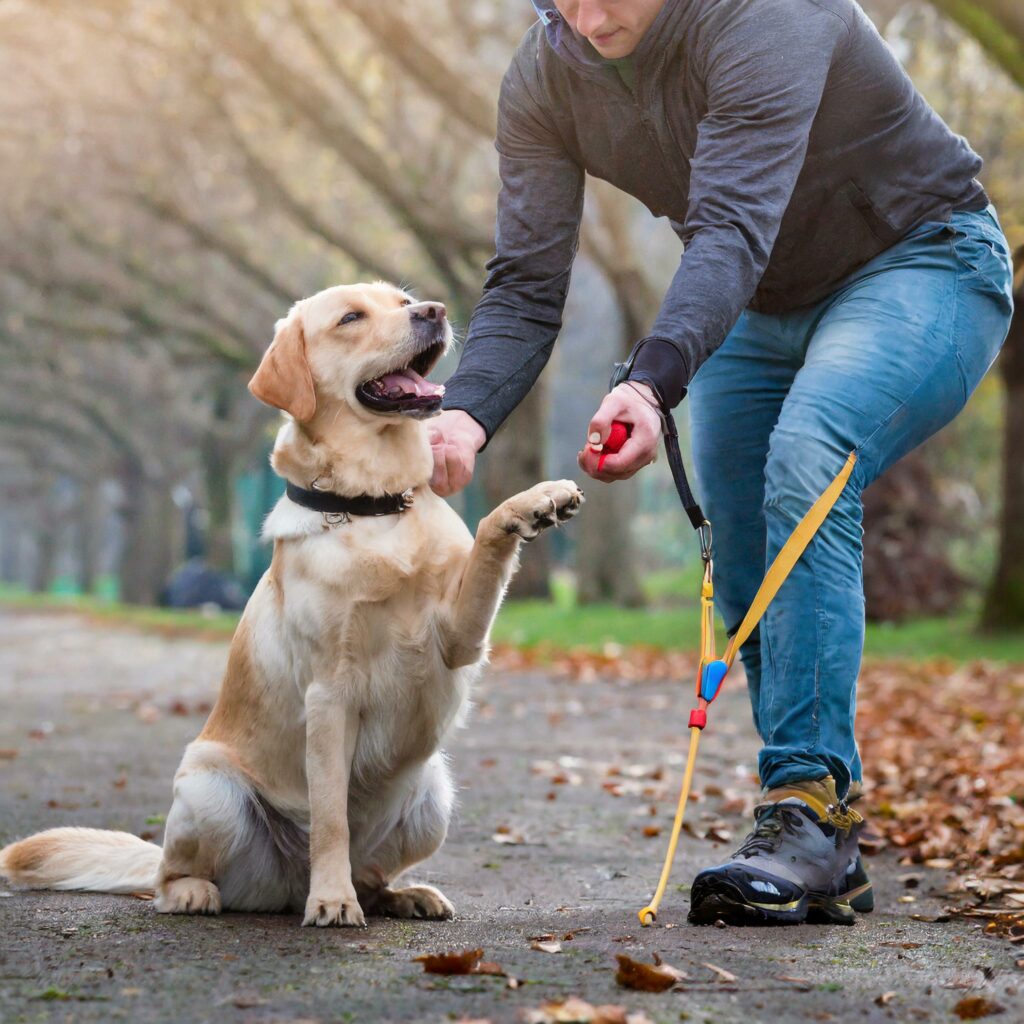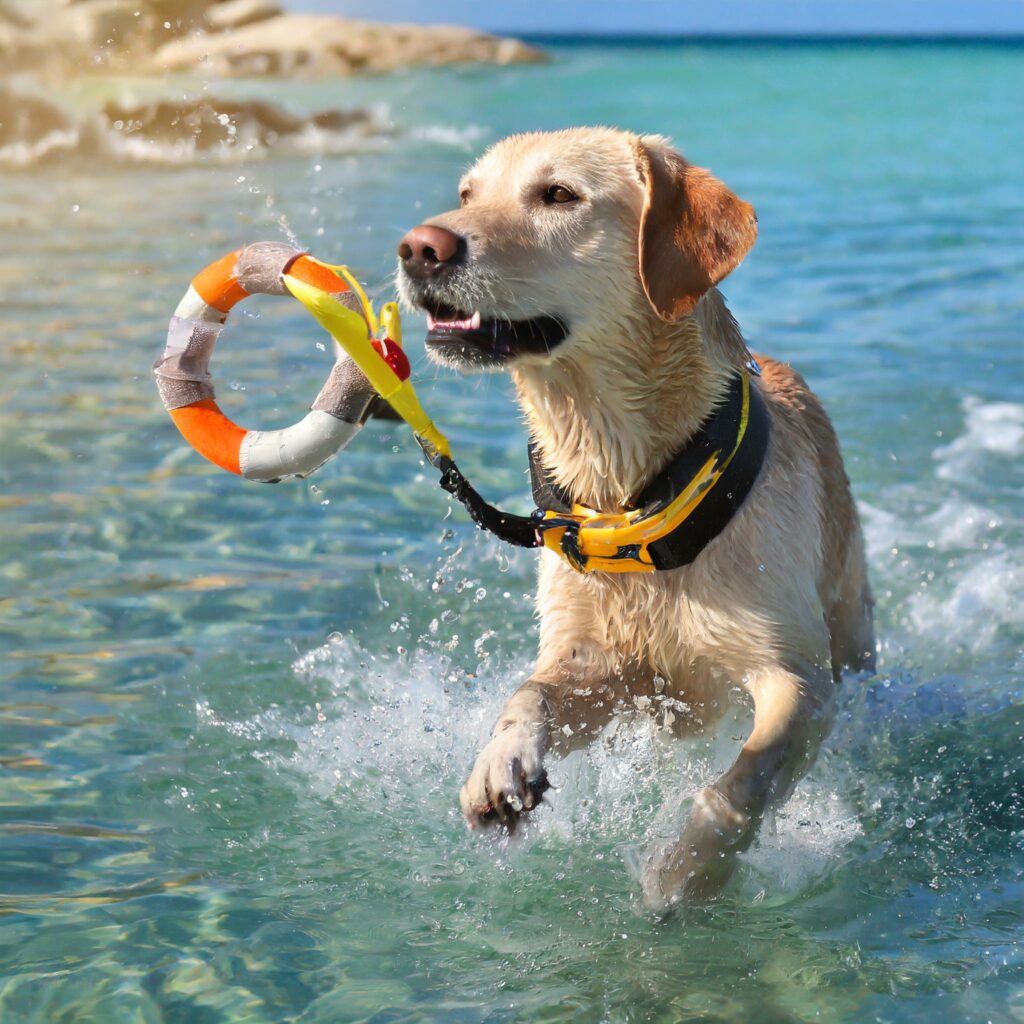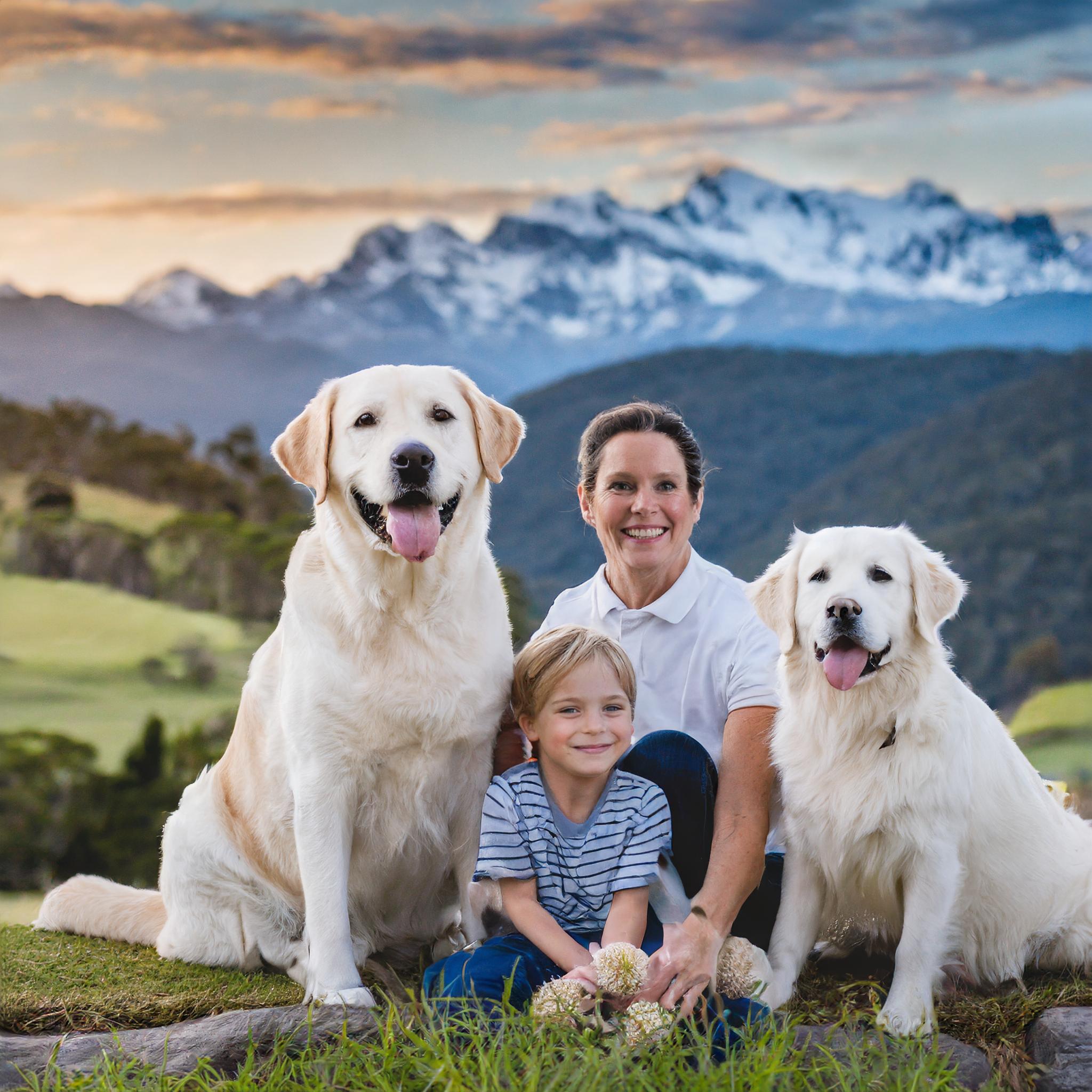When it comes to choosing a family dog, the Labrador Retriever is often a top contender. Renowned for its friendly demeanor, intelligence, and loyal nature, the Labrador is one of the most popular breeds worldwide. This article delves into what makes Labradors an excellent choice for families, highlighting their temperament, training needs, health considerations, and overall compatibility with family life.
History and Origins of Labrador Retrievers
The roots of the Labrador Retriever can be traced back to the early 19th century in Newfoundland, not Labrador, as the name might suggest. Initially bred as fishermen’s helpers, pulling nets and catching escaped fish, these dogs were valued for their hard work, cold tolerance, and quick learning abilities. In the early 1800s, English nobles visiting Canada recognized these traits and brought several dogs back to England. There, they were named Labrador Retrievers and their breeding was refined to emphasize their retrieving abilities and amiable nature.
Understanding Labrador Retriever Temperament

Labradors are known for their balanced temperament. They are friendly, outgoing, and high-spirited but not overly aggressive. This makes them excellent companions for children, providing both protection and play in a gentle manner. They are also known for their intelligence, which ranks them as one of the easiest breeds to train. This intelligence, coupled with their eagerness to please, makes them suitable for a variety of roles, including search-and-rescue missions and therapeutic work in hospitals and care homes.
Family Compatibility: Kids and Other Pets
One of the Labrador’s shining traits is its ability to get along with everyone, including other pets. They generally exhibit a kind and patient nature, which is perfect for families with young children. However, like all large breeds, Labradors should be supervised around very young children simply because of their size and exuberance. Socialization from a young age can help ensure that your Labrador grows into a well-rounded dog that behaves well around other dogs and in various situations.
Training Your Labrador Retriever: Best Practices
Training should begin the moment your Labrador puppy sets paw into your home. Labradors are keen learners and respond well to positive reinforcement methods such as treats, praises, and play. Consistency and patience are key in training. Basic commands like sit, stay, and come are essential, but Labradors are capable of much more. Their training can be advanced to include agility courses and obedience trials, which also cater to their need for physical exercise and mental stimulation.

Common Health Issues and Lifespan
While Labradors are generally healthy, they do have a predisposition to certain health issues such as hip and elbow dysplasia, heart disorders, and hereditary myopathy (muscle weakness). They are also prone to obesity if not properly exercised and fed a balanced diet. With proper care, a typical Labrador lifespan is about 10 to 12 years. Regular veterinary check-ups and a healthy lifestyle can play a crucial role in extending your dog’s life.
Grooming and Maintenance Needs
Labradors have a water-resistant double coat that sheds seasonally. Regular brushing, at least once a week, is essential to manage shedding and keep the coat healthy. They are relatively clean dogs but will need a bath once a month or more frequently depending on their lifestyle. Nails should be trimmed regularly, and ear checks should be conducted to avoid infections, especially since Labradors are prone to ear issues.
Activity Requirements and Socialization Tips

Labradors require regular physical exercise to maintain their health and happiness. At least an hour of vigorous exercise a day is recommended, which can include walking, running, swimming, and fetching games. Mental stimulation can be provided through puzzle toys, new commands, and tricks. Early socialization is crucial; exposing your Labrador to different people, pets, and environments will help them develop into adaptable and confident adults.
Initial and Ongoing Financial Considerations
The cost of owning a Labrador Retriever includes initial expenses such as the purchase price, vaccinations, and spaying or neutering. Ongoing costs include food, veterinary care, grooming supplies, and possibly pet insurance. It’s important to consider whether your budget can accommodate these needs, as neglecting them can lead to greater financial strain and health problems for the dog down the line.
Conclusion: Is a Labrador Right for Your Family?
Labradors offer a lot to families in terms of companionship, loyalty, and joy. However, potential owners should carefully consider whether they can meet the breed’s physical and emotional needs.
Frequently Ask Questions
How long do Labrador Retrievers typically live?
Labrador Retrievers typically live between 10 to 12 years.
Can Labrador Retrievers live comfortably in an apartment?
Labradors can adapt to apartment living if they receive sufficient daily exercise and mental stimulation.
Are Labrador Retrievers good with other dogs?
Generally, yes. Labradors are social and usually enjoy the company of other dogs, but early socialization is important.
How much grooming do Labradors need?
Labradors require regular grooming to manage shedding, including weekly brushing and occasional baths.
Are there any special dietary needs for Labrador Retrievers?
Labradors are prone to obesity, so it’s important to maintain a balanced diet with controlled portion sizes and to avoid overfeeding.
